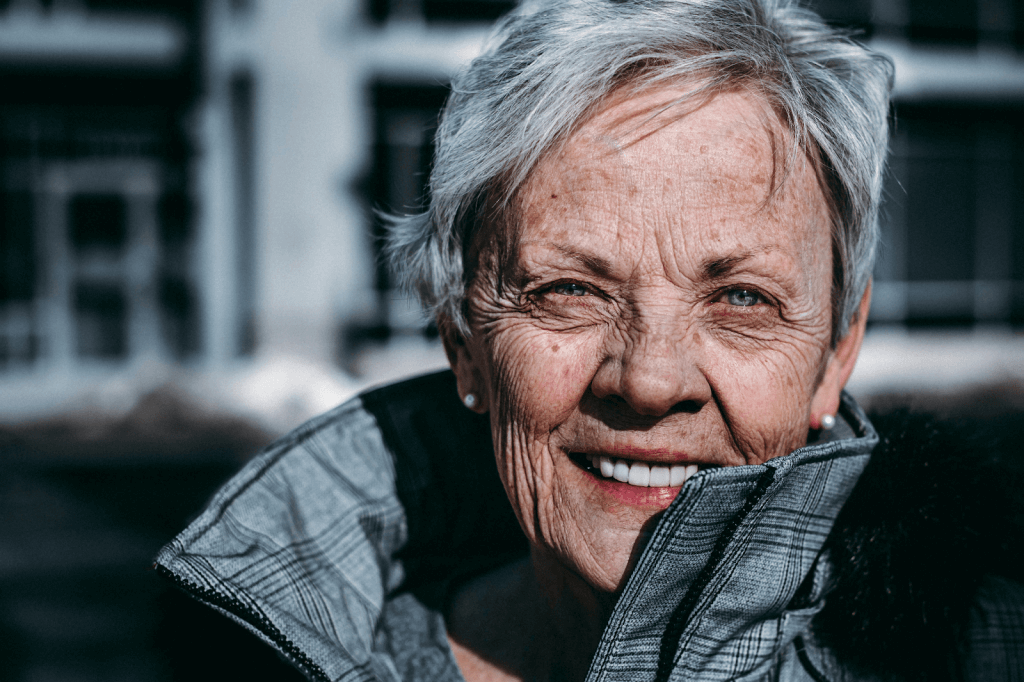As we age, creating a safe and comfortable home environment becomes a top priority. Everyday tasks—like bathing, cooking, or simply moving around—can present challenges that increase the risk of accidents. Fortunately, there are simple, effective ways to adapt your home and make it safer without compromising comfort or independence. In this guide, you’ll find practical tips for reducing risks and building a more senior-friendly living space.
Make Bathrooms Safer and More Accessible
Bathrooms are one of the most accident-prone areas in the home, especially for older adults. Wet floors, tight spaces, and limited mobility can lead to serious falls. Installing secure support systems such as grab bars and non-slip mats can greatly reduce these risks. For those with reduced mobility, a bath tub lift chair offers a practical solution, making it easier and safer to get in and out of the tub without assistance. Bath lifts, or other assistance devices also help make bathing more comfortable and dignified. Keep all essentials within reach and ensure the lighting is bright and even to prevent missteps.
Keep Floors Clear and Stable
Loose rugs can easily become tripping hazards. Replace them with secured mats or remove them altogether. Floors should be kept clutter-free, dry, and clean to ensure safe movement at all times.
Improve Lighting Throughout the Home
Proper lighting is one of the most overlooked yet powerful ways to improve safety. Dimly lit rooms and hallways can cause confusion and increase fall risk. Install brighter lightbulbs where needed and place light switches at accessible heights. Nightlights in hallways and bathrooms make it easier to navigate after dark. Staircases should be evenly lit from top to bottom. In busy areas like kitchens and bathrooms, consider adding additional task lighting to reduce shadows and improve visibility. Letting in as much natural light as possible during the day can also help boost mood and alertness.
Use Motion Sensor Lights
Motion-activated lights turn on automatically when someone enters a space. They’re ideal for nighttime movement or for situations when hands are full. Infrared sensor lights can be placed in hallways, entryways, or closets, offering both convenience and peace of mind.
Keep the Home Well-Organized
A tidy, well-organized space is much easier—and safer—to navigate. Everyday items should be stored within easy reach, never on high shelves or on the floor. Remove unnecessary clutter to reduce tripping hazards. Arrange furniture to create clear, unobstructed pathways between rooms. A well-structured layout promotes mobility and confidence.
Optimize the Kitchen Setup
In the kitchen, tools and appliances should be stored at waist level to minimize reaching or bending. Keep sharp objects in secured drawers, and opt for ergonomic utensils that are easier and safer to handle. These adjustments can make meal prep less stressful and more enjoyable.
Use Emergency Alert Systems
Wearable alert devices like bracelets or necklaces can be lifesavers in the event of a fall or emergency. Many models feature fall detection and instant communication with emergency services or loved ones. Choose devices that are simple to use and easy to wear. Smartphones with speed-dial functions for emergency contacts can also offer quick support when needed.
Test Devices Regularly
To ensure reliability, all safety devices should be tested on a regular basis. Check battery levels and inform caregivers or family members about how each system works, so they can assist when needed.
Make Stairs Safer
Stairs are a known challenge for seniors, but they don’t have to be a barrier. Install secure handrails on both sides for added support, and apply non-slip strips to each step. For those with limited mobility, stairlifts offer a practical solution to remain independent across multiple floors. With proper equipment, stairs can become less intimidating and much safer.
Schedule Regular Check-Ins
Routine visits from family members or caregivers help maintain a safe and supportive environment. These check-ins allow for early detection of potential hazards and provide opportunities to adjust the home as needs evolve. Just as importantly, they bring peace of mind and social connection—two powerful elements in any senior’s well-being.
Cassia Rowley is the mastermind behind advertising at The Bad Pod. She blends creativity with strategy to make sure ads on our site do more than just show up—they spark interest and make connections. Cassia turns simple ad placements into engaging experiences that mesh seamlessly with our content, truly capturing the attention of our audience.


